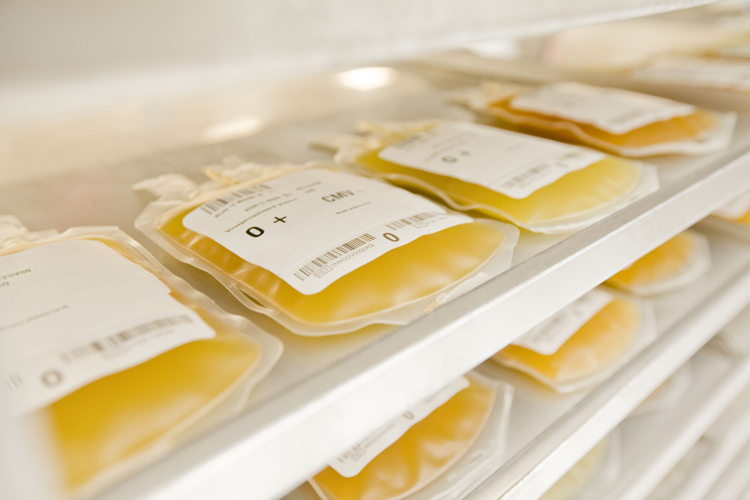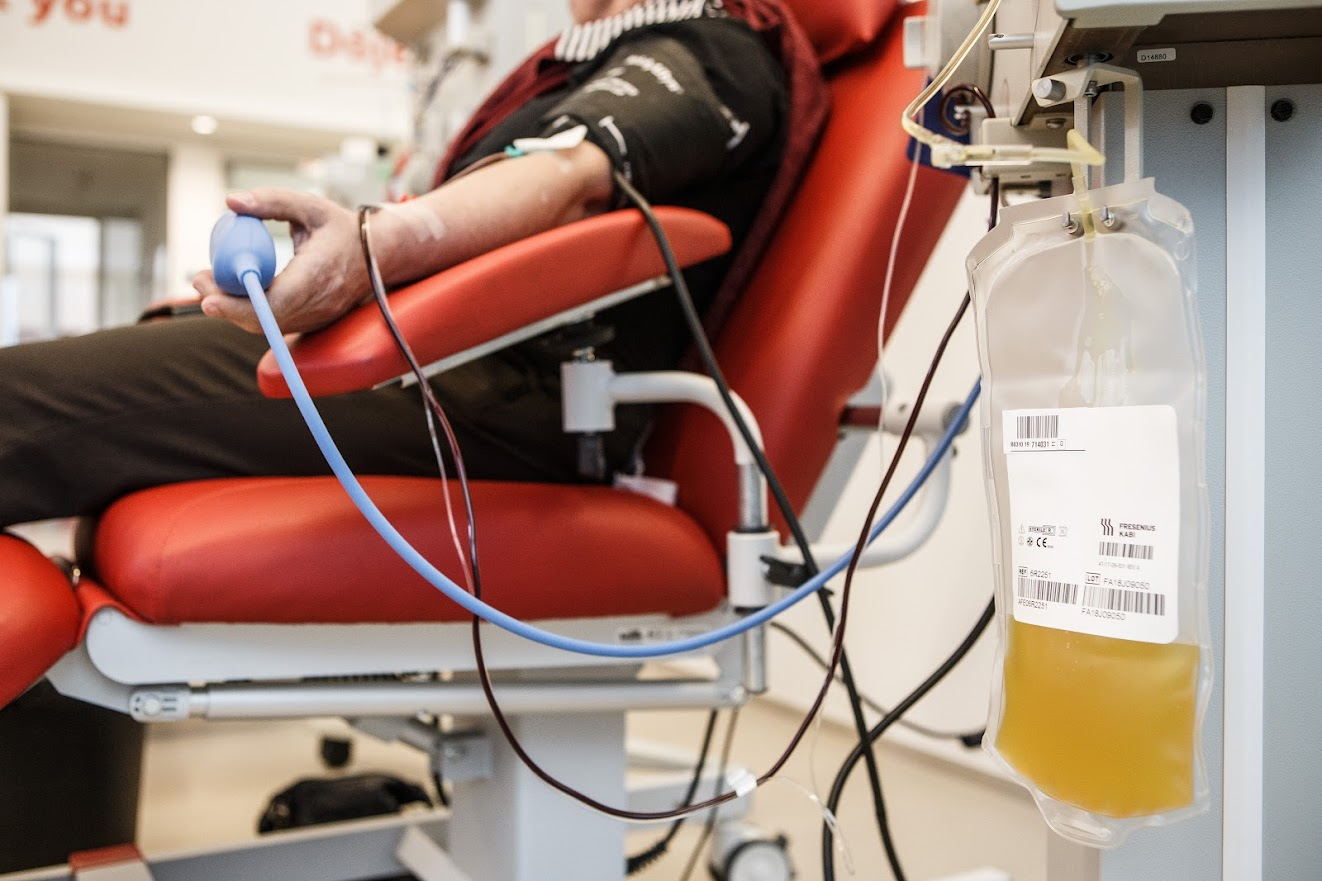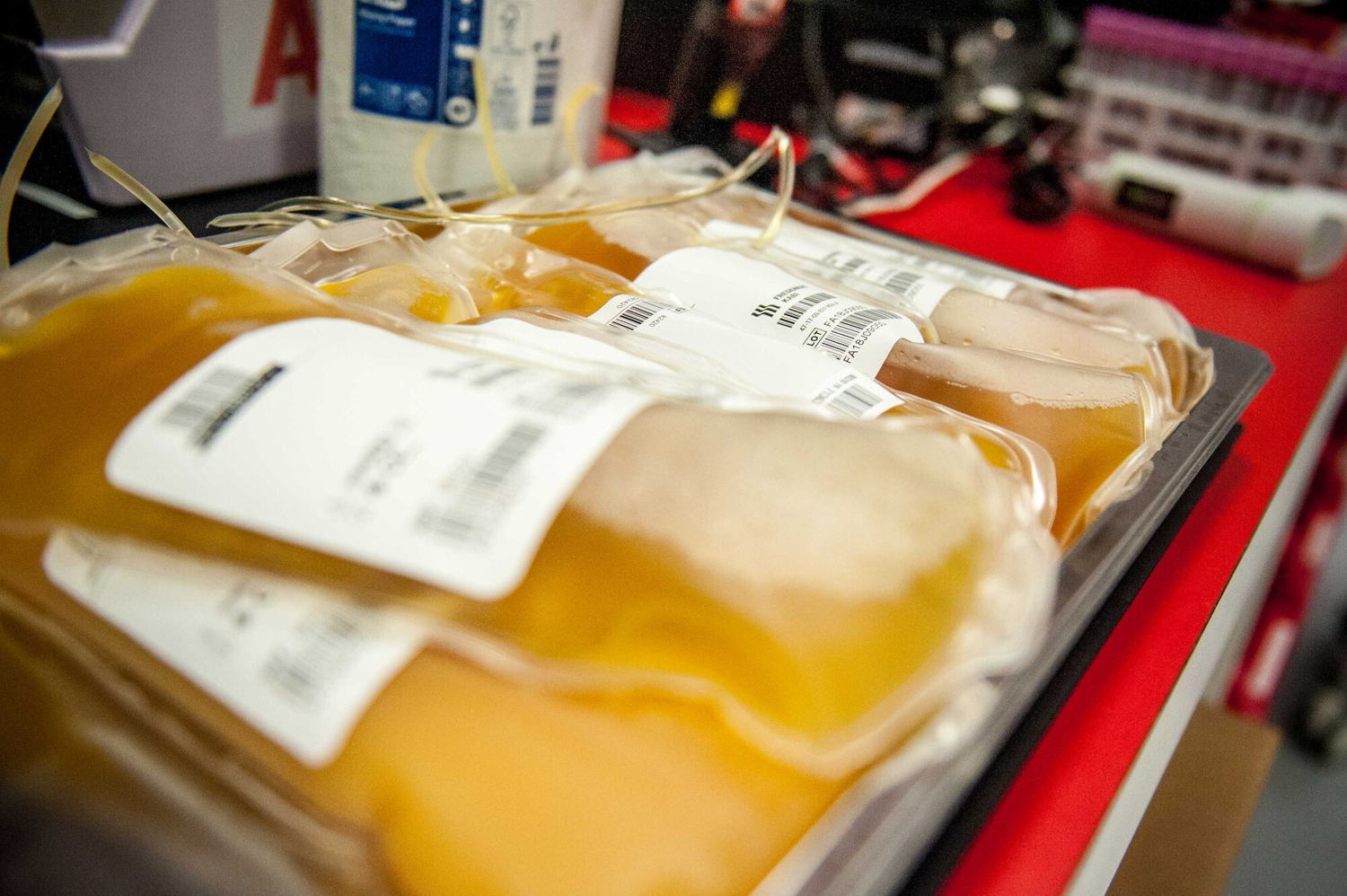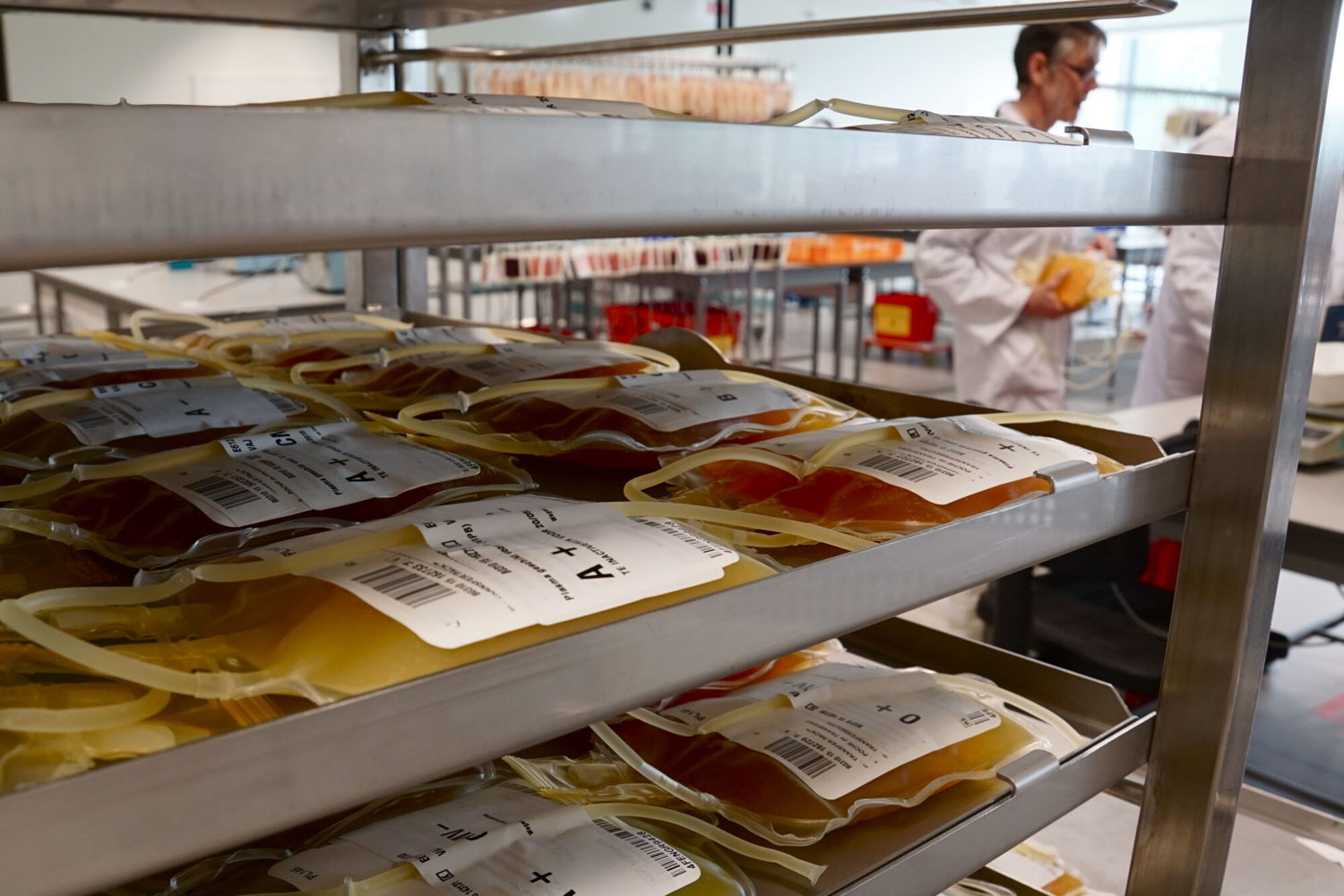Belgian scientists develop nasal spray with blood plasma to prevent spreading of viruses
Belgian Red Cross-Flanders: “It’s a fast and efficient way to arm ourselves against the next pandemic”
A new study by the Belgian Red Cross-Flanders has been published in the scientific journal eBioMedicine (the Lancet Discovery Science). For this study, scientists used nasal drops consisting of blood plasma to counter an airborne viral infection. In this specific experiment, the tests were done with - what did you expect? - the coronavirus. The scientists used so-called "convalescent plasma", which is plasma from a donor who has recently been infected and recovered. This is because his or her plasma is stuffed with antibodies against the virus, which give the nasal drops their protective effect. "This technique is a fast and efficient way to protect society during the next pandemic," says Hendrik Feys, Principal Investigator at the Transfusion Research Center of the Belgian Red Cross-Flanders. "After all, as soon as the first infected patients have recovered, you can start using their plasma." The plasma has proven very effective in tests on hamsters. The researchers are now looking to necessary steps to start tests on human volunteers.
At first glance, it may look odd: a researcher pipetting some plasma into a hamster's nose before placing another hamster with COVID-19 next to it. But exactly this research now shows promising results. Because as it turns out: that first hamster is well protected against COVID-19 thanks to the so-called "convalescent plasma" in its nose.
“When a healthy person fights an infection, (s)he develops antibodies. These are found in the liquid component of blood: the plasma. So convalescent plasma is the blood plasma of a donor who recently was infected with a virus. This research used COVID-19 as a model and now demonstrates that convalescent plasma offers good protection against viral infection when administered in the nose of uninfected animals." Hendrik Feys, Principal Investigator of the Transfusion Research Center (Belgian Red Cross-Flanders)
Research into the protective effect of convalescent plasma is not new. Scientists have long been trying to use it to treat viral infection. Past research specifically focused on transfusion of convalescent plasma, which is direct intravenous administration, particularly in patients who were already ill.
“Results of these clinical studies were mixed, showing efficacy for specific high titer plasma only and in particular in immunocompromised patients. But we wondered: wouldn't it be better to administer convalescent plasma exactly there where the virus enters the body with the aim of preventing transmission? For viruses that spread largely through the air, such as the coronavirus, that is the nose. This appears to be a good strategy given the results of our experiments using nasal drops in hamsters." Hendrik Feys, Principal Investigator of the Transfusion Research Center (Belgian Red Cross-Flanders)
The study is being conducted by the Belgian Red Cross-Flanders, in collaboration with the Rega Institute of the KU Leuven and VLAIO (Flemish Innovation & Entrepreneurship).
Protection against the next pandemic
The Belgian Red Cross-Flanders is reaching out to funders worldwide, to enable the necessary next steps for tests in humans. If this extended research can reproduce the results from animal models, this new technique will prove to be a strong weapon during the next pandemic, according to the researchers.
“Of course, we all hope the next pandemic is far ahead of us. But if it does happen, intranasal convalescent plasma will be a potent, early and inexpensive weapon to protect societies all around the globe. Don't get me wrong: it is by no means an alternative to vaccines. But developing vaccines for novel viruses or novel virus strains is time-consuming, whereas convalescent plasma is available early on and can bridge that crucial medical downtime during vaccine development. Put differently, we could slow down the early rapid spread of a novel virus strain right after its emergence." Hendrik Feys, Principal Investigator of the Transfusion Research Center (Belgian Red Cross-Flanders)
As a bonus, convalescent plasma nasal sprays can be rolled out fairly easily everywhere in the world because, after all, blood - and thus plasma - is collected all over the world.
.jpg)
.jpg)
.png)
.jpg)
.jpg)